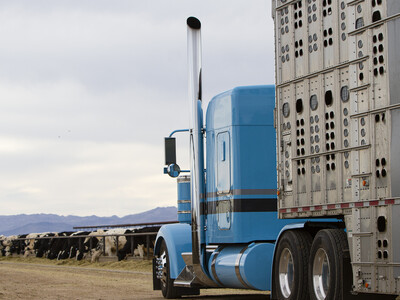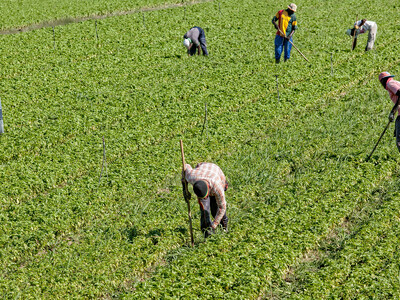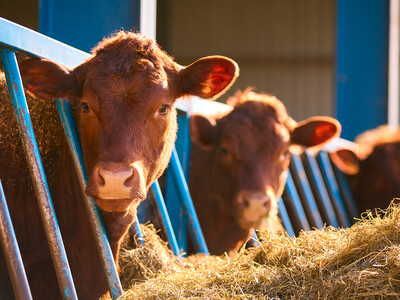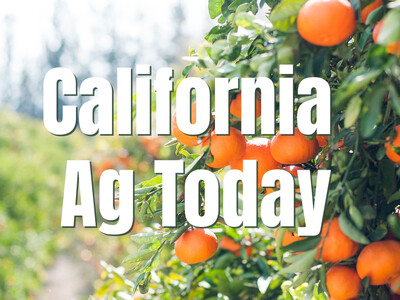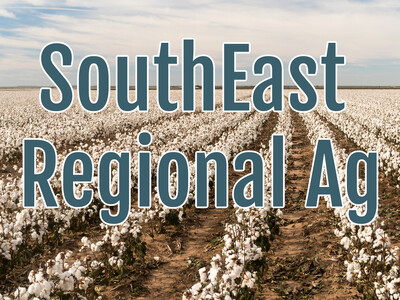New Study Shows Ag Promise
New Study Shows Ag Promise. I’m Greg Martin as Line On Agriculture presents the Harvest Clean Energy Report.
The 25x’25 Alliance has just released a study that shows how a Renewable Electricity Standard would impact the U.S. agricultural and forestry sectors. Read Smith, Co-Chair of the 25x’25 committee, whose goal is to get 25 percent of our energy from renewable resources like wind, solar, and biofuels by the year 2025, gives us an overview.
SMITH: 25x’25 felt that there needs to be additional work done so that ag and forestry leaders around the country have the tools to make the decisions as we’re asked for input and consider whether or not this is good for everybody. It’s such an unknown we felt that we didn’t have the tools to help us make decisions.
He says they commissioned the study to look at the ag impact.
SMITH: We contracted with the University of Tennessee’s Bio-based Energy Analysis Group to do an additional study that would consider three options and tell us what the impact would be on the net returns for crop and livestock; the likelihood of cropland conversion to forest or grasses and also what potential shifts would occur in commodity cropland use.
Utilizing a Renewable Electricity Standard (RES) and a Renewable Fuels Standard (RFS), Smith says the results look very promising.
SMITH: The study found that the economic returns to ag and forestry under and RFS/RES are both significant and wide spread. In other words they’re all across the country. In fact it could create $215 billion dollars in new economic activity in our country. It could add 700-thousand jobs and many of those jobs are going to be in rural America.
He says it could also add $84 billion to the countries gross domestic product.
SMITH: Also of interest to farmers and ranchers is the finding that an RES would generate an additional $14 billion in revenues within the ag and forestry communities. While at the same time creating no significant changes to commodity cropland use. It would increase the production of dedicated energy crops for biomass feedstocks but there would be no significant changes to crop and livestock prices.
For additional information on clean energy, visit harvestcleanenergy.org. That’s today’s Line On Agriculture. I’m Greg Martin on the Ag Information Network.
www.harvestcleanenergy.org




